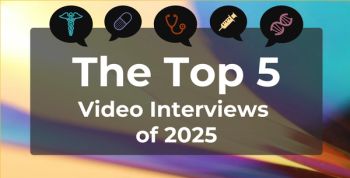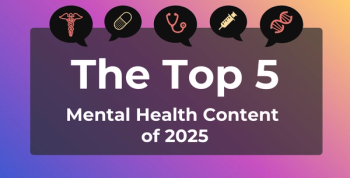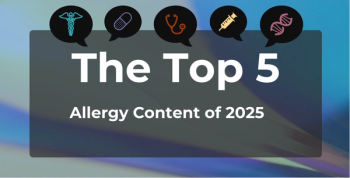
CMMI Partially Met Targets for Performance Goals Related to Payment, Delivery Reform Efforts
Since its inception, the Center for Medicare and Medicaid Innovation (CMMI) has implemented 37 models testing healthcare delivery and payment reform. A new Goverment Accountability Office assessment found that CMMI has partially met goals for performance targets.
The Center for Medicare and Medicaid Innovation (CMMI) partially met its performance targets for the 3 center-wide performance goals and related measures, according to a
From its inception in 2010 to March 1, 2018, the Innovation Center has implemented 37 payment and service delivery models, with another 2 models to begin testing in 2018. The testing period has concluded for 10 models, including the Bundled Payments for Care Improvement Model (BPCI) 1, the Comprehensive Primary Care Initiative, and Pioneer ACO.
The Innovation Center’s models varied in approach. For instance, 22 models covered Medicare only, 9 covered Medicare and Medicaid, 1 covered Medicaid and the Children’s Health Insurance Program (CHIP), and 7 covered Medicare, Medicaid, and CHIP. Only 8 of the models were considered alternative payment models. Even within a model category there was variation—the 6 models that tested episode-based payments defined episodes differently.
The Innovation Center’s obligations for individual models ranged from $8.4 million to more than $967 million depending on the model scope and design, and the annual obligations steadily increased from $95 million in fiscal year 2011 to more than $1.3 billion in fiscal year 2015. However, there was a slight decrease in obligations in fiscal year 2016. The report noted that this decrease “was due in part to some of the earlier, expensive models ending and to newer models being less costly than the older models.”
The Innovation Center had established 3 center-wide performance goals that the GAO report assessed.
Goal 1: Reduce the growth of healthcare costs while promoting better health and healthcare quality through delivery system reform.
There were 3 measures focused on ACOs, and the Innovation Center met 2 of the 3 targets. The Innovation Center did not meet its target for percentage of ACOs that shared in shavings, but the report notes that the missed target was a result of high growth in the number of new ACOs.
“Moving forward, CMS believes that as more ACOs gain experience, more will share in savings,” according to the report.
Goal 2: Identify, test, and improve payment and service delivery models.
There was 1 performance measure related to the number of models that have saved costs while maintaining or improving quality or improved quality while maintaining or reducing costs. The report found that 4 models—Pioneer ACO, Diabetes Prevention Program, Initiative to Prevent Avoidable Hospitalizations Among Nursing Facilities Residents Phase 1, and lower-extremity joint replacement under BPCI—met the criteria.
Goal 3: Accelerate the spread of successful practices and models.
Like the first goal, this one was only partially met. The performance measure related to the number of states developing and implementing a health system transformation and payment reform plan was met (38 out of 38 states), but the measure focused on increasing the percentage of active model participants involved in Innovation Center or related learning activities was not met.
The GAO report also highlighted that in addition to indicating it plans to continue focusing on voluntary, as opposed to mandatory, payment models, the Innovation Center identified the following focus areas for new models:
- Additional alternative payment models
- Consumer-directed care and market-based innovation models
- Physician specialty models
- Prescription drug models
- Medicare Advantage innovation models
- State-based and local innovation
- Mental and behavioral health models
- Program integrity
GAO’s report was addressed to Senator Orrin G. Hatch, R-Utah, chairman of the Committee on Finance, and Representatives Greg Walden, R-Oregon, chairman of the Committee on Energy and Commerce; and Michael C. Burgess, R-Texas, chairman of the Subcommittee on Health and member of the Committee on Energy and Commerce. The report was a follow-up to an earlier report in November 2012 on the early activities of the Innovation Center. At that time, 17 new models were being implemented.
Newsletter
Stay ahead of policy, cost, and value—subscribe to AJMC for expert insights at the intersection of clinical care and health economics.







































